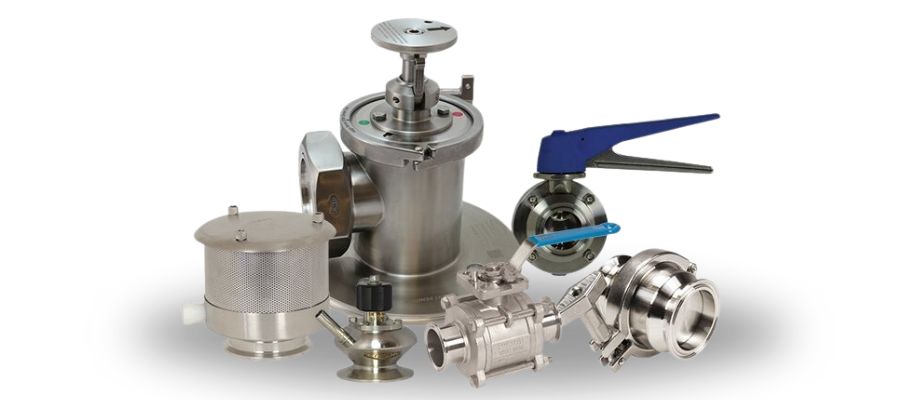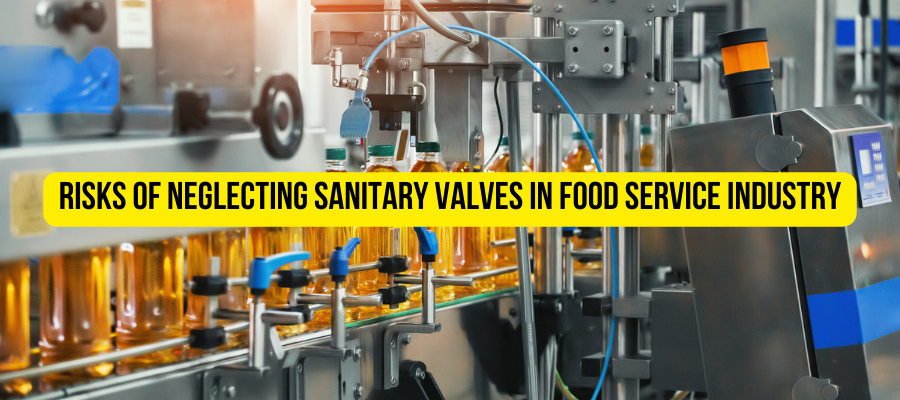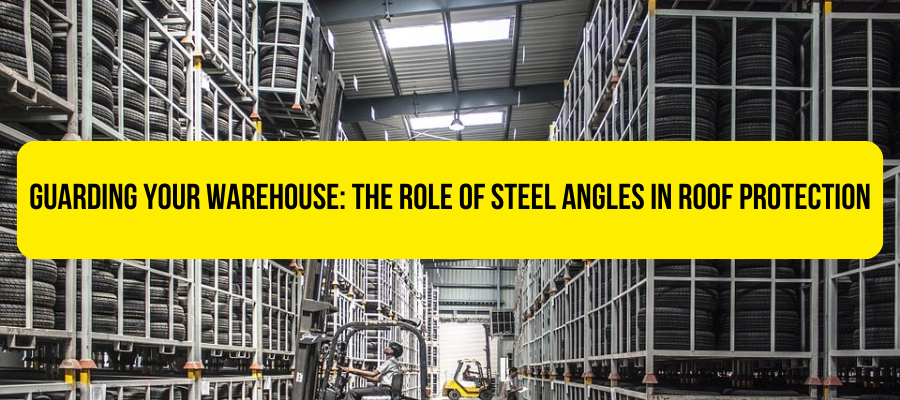Risks Of Neglecting Sanitary Valves In Food Service Industry

The Role of Pipe Fittings in Water Safety
March 6, 2024Neglecting the importance of sanitary valves in the food and beverage industry is the same as ignoring a leaking faucet on a sinking ship. Just as the leak can lead to the ship flooding, and sinking causing massive damage, neglecting sanitary valves can put your consumers at risk. The food and Beverage industry succeeds on the promise of safety and hygiene. Sanitary Valves ensure that only clean and safe ingredients pass through the system, similar to the hull protecting a ship from sinking. Neglecting Sanitary Valves causes contamination, damage, and harm to material. Working with reputable sanitary valves manufacturers is essential for the food service industry for proper maintenance and passing checks on their products and goods.
In June 2009, two children and one adult were brought to a hospital in Dubai, UAE, with suspected food poisoning (vomiting) after they ate takeaway food.
If you’re a wholesaler operating in the vibrant food scene of the UAE, understanding the critical importance of sanitary valves could be the key to safeguarding your reputation and ensuring the health and satisfaction of your customers.
In this blog, we delve into the alarming risks associated with neglecting sanitary valves in the food service industry. By gaining insights from our expert analysis, wholesalers can proactively address potential hazards, uphold hygiene standards, and ultimately, protect their business interests while promoting public health and safety.
Role Of Sanitary Valves In Middle East’s Food and Beverage Sector
In sectors where maintaining cleanliness is of utmost importance, like pharmaceuticals, chemicals, beverages, and food production, the potential danger of contamination caused by faulty sanitary valves cannot be ignored. Conventional valves, with their crevices and cavities, become ideal breeding spots for bacteria, putting product quality and consumer safety at risk. Additionally, the use of intricate internal components in certain valves further increases the chances of contamination and equipment breakdown, ultimately jeopardizing the entire production process. It is crucial for companies operating in these prominent industries to find a solution that guarantees strict cleanliness standards without compromising operational efficiency.
Using Sanitary Valves And Fittings Over Regular Valves
Introducing 3-A certified sanitary check valves, carefully crafted to tackle the issues presented by traditional valves. These valves feature a sleek, polished internal and external design, preventing bacteria from harboring and multiplying. With no crevices and a self-cleaning mechanism, these valves help maintain product freshness for extended periods. Unlike other valves with intricate internal parts, sanitary check valves provide a straightforward yet efficient solution, reducing the chances of contamination and equipment breakdowns.
Sanitary Valves Manufacturers in Middle East
Our blog is a valuable resource for companies looking to enhance their production processes and uphold top-notch cleanliness standards. We delve into the intricacies of sanitary valves and fittings, emphasizing their advantages over traditional valves in terms of hygiene and efficiency. By grasping the significance of selecting and maintaining valves correctly, businesses can reduce the risk of contamination and ensure compliance with regulations.
Our unwavering dedication to quality is evident in our rigorous manufacturing process, where each valve undergoes thorough inspection to meet surface finish and cleanliness criteria.
Real-life examples, such as the collaboration with a prominent engineering firm and pharmaceutical companies, demonstrate the real-world utility of sanitary check valves in extreme conditions while upholding sanitary standards. Our blog equips companies to make informed choices and implement effective solutions to protect product integrity and consumer safety.
Understanding the Risks Of Neglecting Sanitary Valves In Food Service Industry
In conclusion, our blog offers a comprehensive and authoritative guide to addressing the risks associated with neglecting pneumatic sanitary valves in high-profile industries. By leveraging our expertise and insights, companies can enhance operational efficiency, minimize contamination risks, and uphold the highest cleanliness standards, ultimately ensuring the success and reputation of their businesses.
Benefits of Using Sanitary Valves Over Regular Valves in UAE’s Food Service Sector
Sanitary valves are critical in food production because to their high efficiency, dependability, low leakage rate, cross-contamination prevention, better sanitation procedures, energy efficiency, ease of use, and maintenance-friendliness. They provide precise control over liquid flow, saving processing time and boosting output.
Their strong structure and design reduce downtime, ensuring that production runs smoothly. Their low leakage rate reduces contamination risk and ensures product purity. Their design avoids cross-contamination between batches, maintaining uniformity and hygiene compliance. Their basic design minimizes errors and provides a smooth operation.
Furthermore, their maintenance-friendly design reduces downtime for maintenance tasks, maximizing production resource usage. Overall, sanitary valves are critical to maintaining food product quality and safety.
Risks Of Neglecting Sanitary Valves In Food Service Industry
The food service business in the UAE faces substantial hazards as a result of failing to maintain sanitary valves. The repercussions include contamination hazards, product deterioration, legal compliance concerns, reputational harm, customer loss, supply chain interruptions, and litigation risks.
Contaminated food can cause foodborne illnesses, degrade wholesalers’ reputations, and result in financial losses.
Unsanitary valves raise the danger of product spoiling, reduce consumer trust, and result in fines, legal penalties, and business closure. Restoring confidence and credibility can be expensive and time-consuming.
To summarize, prioritizing hygiene and investing in stainless steel sanitary valves is critical for protecting consumer health, guaranteeing legal compliance, and assuring the long-term survival of food-related firms.

FAQ
What is a sanitary valve?
A sanitary valve, as the name implies, is a valve designed to meet strict health and safety standards for various industries such as food, beverage, medical, and more. The hygienic nature of these valves plays a crucial role in ensuring the purity of the products that pass through them.
What is the difference between sanitary valve and ball valve?
Sanitary valves possess numerous design characteristics that facilitate effortless cleaning and sanitization. Conversely, ball valves are not specifically engineered for sanitary purposes. They are frequently crafted from more affordable materials like brass or PVC, and their surface may have a coarser texture.
What is sanitary pipe fittings?
Sanitary pipe fittings are specialized plumbing components used in hygienic applications, such as those in the food, beverage, and pharmaceutical industries. They are designed to maintain cleanliness, prevent contamination and promote health and safety.
What material is sanitary pipe?
Stainless steel, aluminum, plastic, titanium, and glass are among the most commonly used materials. Stainless steel is strong, corrosion-resistant, and easy to clean, making it perfect for components such as sanitary pipe valve and fittings. Aluminum is lightweight but can shatter or deform over time, whereas plastic is less popular due to FDA regulations. Titanium, while pricey, is corrosion resistant and strong, and it may be mixed with other metals to provide a more cheap alternative.
How is sanitary pipe measured?
Sanitary piping is measured in tube OD, with fittings available in sizes ranging from ½ to 12”. To determine the Outside Diameter (OD) of a piece, trace a circle around the tube end and measure its diameter.



